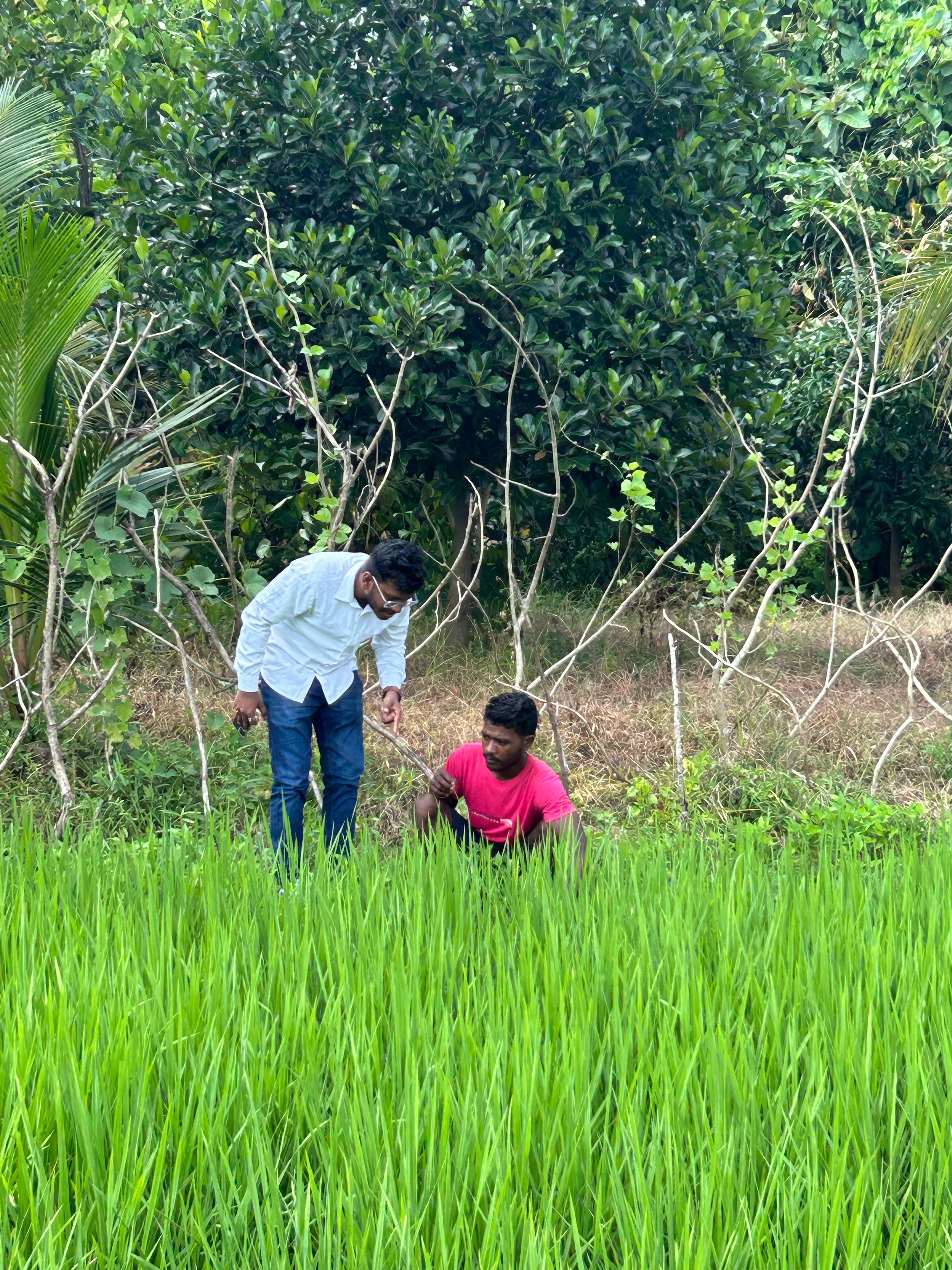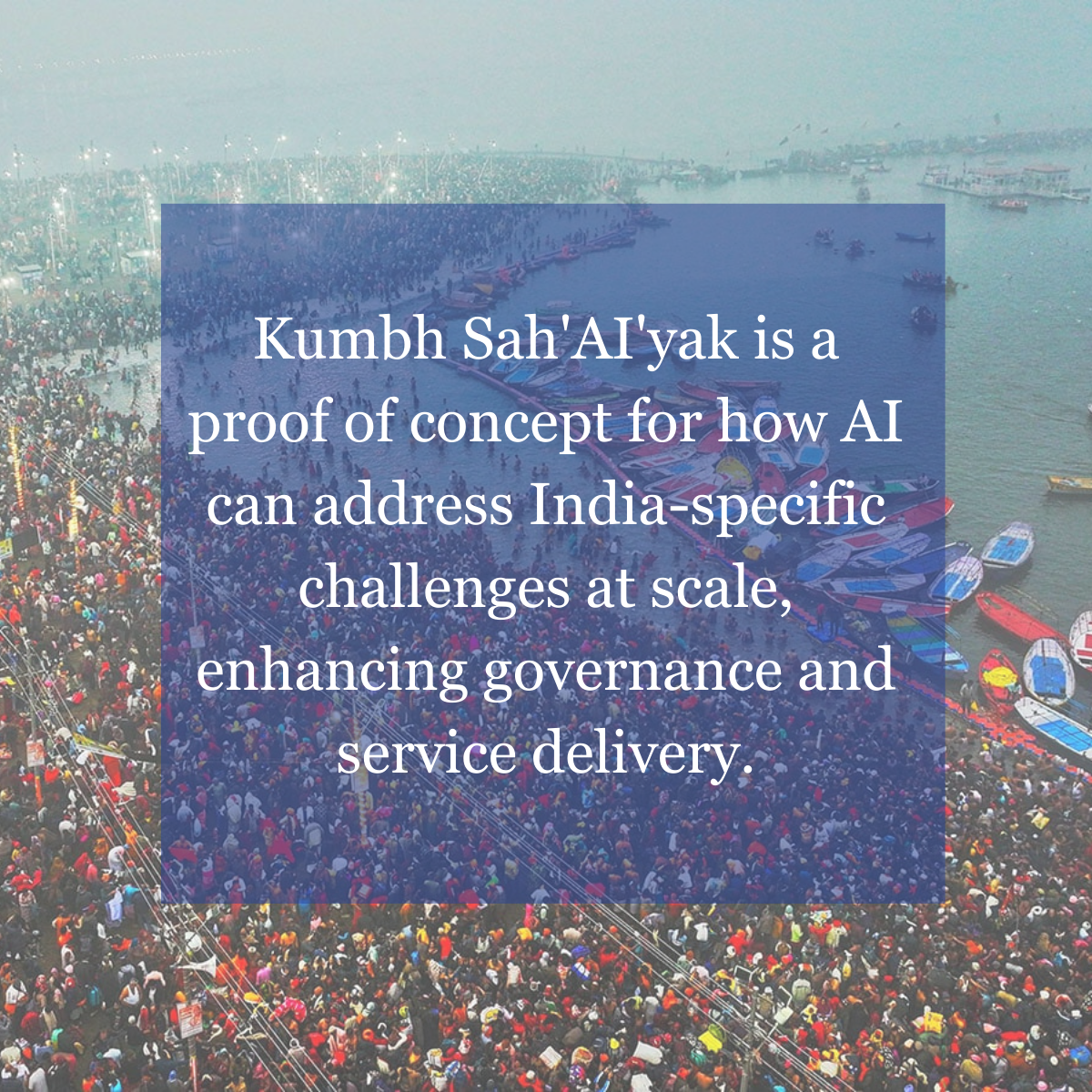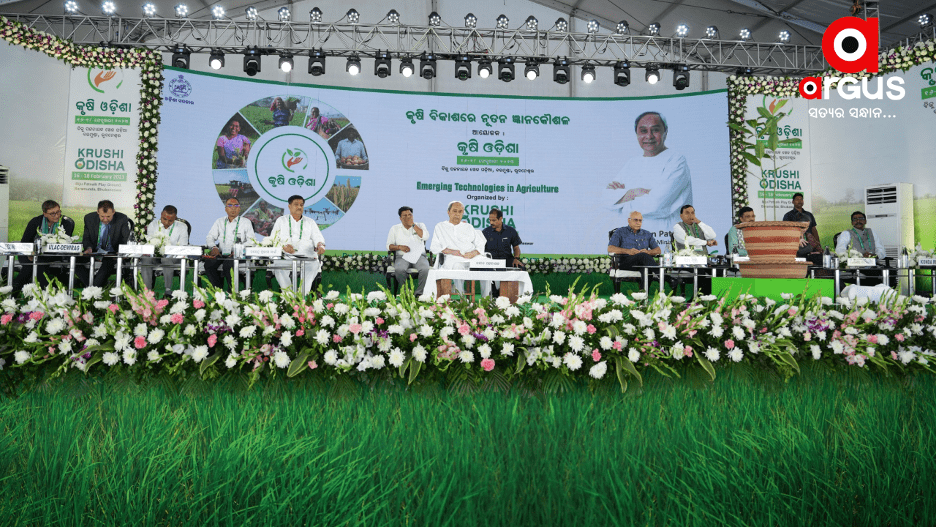Making scheme delivery seamless: Odisha's plan of action
One of the critical responsibilities of the central and the state governments is to design and implement schemes to provide socio-economic support to citizens.


Written by
Shailiza Mayal
July 20, 2021
Almost all ministries and government departments use schemes to move their mission forward. For example, the Pradhan Mantri Kaushal Vikas Yojana is a flagship scheme of the Ministry of Skill Development & Entrepreneurship aimed at promoting industry-level skill development amongst youth. Similarly, the Mid Day Meal Scheme is the Ministry of Education’s endeavour to improve the nutritional status of school children.
While most schemes provide benefits (cash/kind) according to predefined eligibility criteria, for e.g., distribution of free textbooks to government school students or the Supplementary Nutrition Program for pregnant and lactating women, and children between 7 months to 6 years, there are some schemes wherein benefits are provided in phases when beneficiaries meet specific targets. Most schemes implemented by the Fisheries and Animal Resources Development (F&ARD) Department, Government of Odisha fall under this category.
For e.g., as part of one of its schemes, F&ARD provides monetary support to set up broiler farms (i.e. farms that have birds for production of meat). The objective of this scheme is twofold, first to motivate farmers to enter the profitable business of broiler farming, and secondly, to increase meat production in the state. Farmers who meet certain eligibility requirements are given a subsidy of 40% on the infrastructure expense, which is, approximately around Rs 71,000. The subsidy in this case is released in two phases--40% of the money is released after the poultry shed has been constructed and 60% is released once the birds have been procured by the farmers and placed in the shed. Similarly, there is a subsidy of 50% for excavation of new tanks for aquaculture for fish production, which comes out to be around Rs 3 lakh per farmer. In this case 50% of the subsidy is released post the completion of the civil work and the remaining gets released after stocking of the advanced sized fingerlings (which are essentially the fish seeds). For most schemes implemented by F&ARD, benefits are similarly split across phases and tranches.
Although the department has issued clear guidelines for seamless implementation of schemes on ground, there are still many challenges that precludes farmers from receiving the benefits they are entitled to. Given the quantum of money involved (benefit per beneficiary can go up to Rs 4-5 lakhs), seamless implementation becomes even more critical.
- There is no online platform for farmers to apply to these schemes. This means there is limited or no transparency in the application process and they cannot track its progress or status. The only way to get information on the application is by contacting the block officer to whom the farmer would have submitted the application.
- At present, there are no farmer-level databases to support the department in proactively reaching out to prospective beneficiaries or creating awareness about schemes, which means they are limited in their reach. A comprehensive database of all farmers can help the department in identifying eligible beneficiaries, providing them requisite information and making sure the scheme is not limited to a small number of farmers.
- There are no streamlined mechanisms for the department to monitor the progress a beneficiary is making with respect to a specific scheme. This also means that the department can’t provide adequate support to the farmer when needed. For e.g., if a farmer is at the poultry shed construction stage for a duration longer than is expected, then it could mean the beneficiary is facing challenges in construction. In such a case support from the department might help expedite the process. But currently, the department doesn’t have the means to track implementation at the farmer level.
- There is no process in place to track how the farmer fares after the final subsidy amount has been released. This also means there is no visibility on translation of the scheme’s objectives to its outcomes. For e.g., in the case of setting up of an aquaculture farm, the final subsidy amount is released once the pond has been stocked with fish seed. However, whether the farmer added fish feed to the pond is not being tracked. In many cases, farmers drop out of the business within a year because they are not able to earn sufficient profits. This can be avoided if the department supports with technical know-how, advisories even after the funds have been released. For this to happen, tracking projects even after the subsidy has been released is critical. Not only is this important for the individual beneficiary, but also for tracking the overall outcome of the scheme, which in this case is an increase in fish production in Odisha.
To solve for these challenges, Samagra has been working closely with the F&ARD Department, Govt of Odisha to design a digital platform with the following modules:
- Online farmer application with backend processing of applications: Interested farmers will be able to apply online for a particular scheme and the department will also process the application online. This will not only provide transparency to applicants, but will also give visibility to the department on how many farmers are actually interested in a particular scheme. This means that in subsequent years, the budget for a scheme can be increased or decreased accordingly.
- Proactive identification of farmers: The application platform will be integrated with the Krushak Odisha portal, which is a live and updated database of farmers in the state with a record of their past transactions with government schemes and details like contact information, bank account data, land ownership information and agricultural and allied activities that they have currently undertaken. This database will not only help in proactively identifying the right beneficiaries for a particular scheme, but also have all the relevant information about the prospective beneficiary. This would reduce the administrative burden involved in seeking this information every time a new scheme is launched.
- Monitoring and support by the department throughout the process: Since the processing of the scheme will be online, data for each stage of the scheme will be available to the department, making it easier to track if beneficiaries are implementing the scheme within defined timelines. This data can also be used during administrative reviews at the state, district and block level to assess progress and bring in accountability at all levels. This data will also be important to identify areas of support for farmers. For instance, in the case of the poultry schemes, based on data it might be possible to identify that procurement of birds is a common challenge across the board. This would make state-level support to beneficiaries imperative, which might translate into policy decisions at the state-level for streamlining the procurement of birds by collaborating with selected vendors through a central tender. Such insights and timely corrective action can only be possible if the state has access to updated data on scheme implementation.
- Tracking end outcomes: The platform is being developed in a way that after the subsidy is released, some key milestones will still be tracked for a defined time period at regular intervals. For e.g., in the case of development of aquaculture farms, the post-subsidy milestones would be providing regular feed to the stocked fish, tracking production and productivity of the farm, etc.
The digital scheme delivery and tracking platform will have both a web-based interface as well as a mobile application version. This will help field-level officials make use of features like uploading pictures mapped to every stage of the scheme, recording location, releasing funds via an integrated fund management system, etc.
Once implemented, this will empower the department to ensure effective end-to-end delivery of schemes and bring about transparency within the system. In essence, streamlining scheme delivery will act as the foundation on which the FARD department can build further reforms and innovation.
Explore More Blogs


Simran Bagga and Amit Gupta
|March 7, 2025
Kumbh Sah'AI'yak: Bringing AI to the Common (Wo)man at the World’s Largest Congregation
Large Language Models (LLMs) have gained significant traction, transforming how information is accessed and processed across industries. Governments worldwide are actively exploring AI’s potential, and in India, initiatives like the IndiaAI Mission highlight this shift. In this evolving landscape, Samagra pioneered Kumbh Sah'AI'yak—an AI chatbot designed to assist pilgrims at the Prayagraj Mahakumbh. This blog delves into Samagra’s approach to leveraging AI for large-scale citizen impact, showcasing how AI can be built, customized, and deployed to address India’s unique governance and service delivery challenges.
Read more

Gautam Rajeev and Vijeeth Srinivas
|March 31, 2023
Leveraging Artificial Intelligence to deliver advisory to farmers
Which variety of paddy seeds should be sown for the upcoming Kharif season to generate maximum yield in accordance with changing agro-climatic conditions? What schemes can one avail to reduce the expenditure incurred in purchasing cattle feed? These are some of the many intricate decisions that farmers take through a given season- decisions that are determinants of yield, output realisation, and income.
Read more

Gautam Rajeev and Siddhant Agarwal
|January 16, 2023
Leveraging Data Science algorithms to improve data quality in government
One of the biggest joys while solving a data science problem is the realization that the data needed to solve the said problem is actually available. This joy is even more profound when solving a problem related to government data. The flip side, however, is that data collection in the government ecosystem is often like a game of Chinese Whispers.
Read more